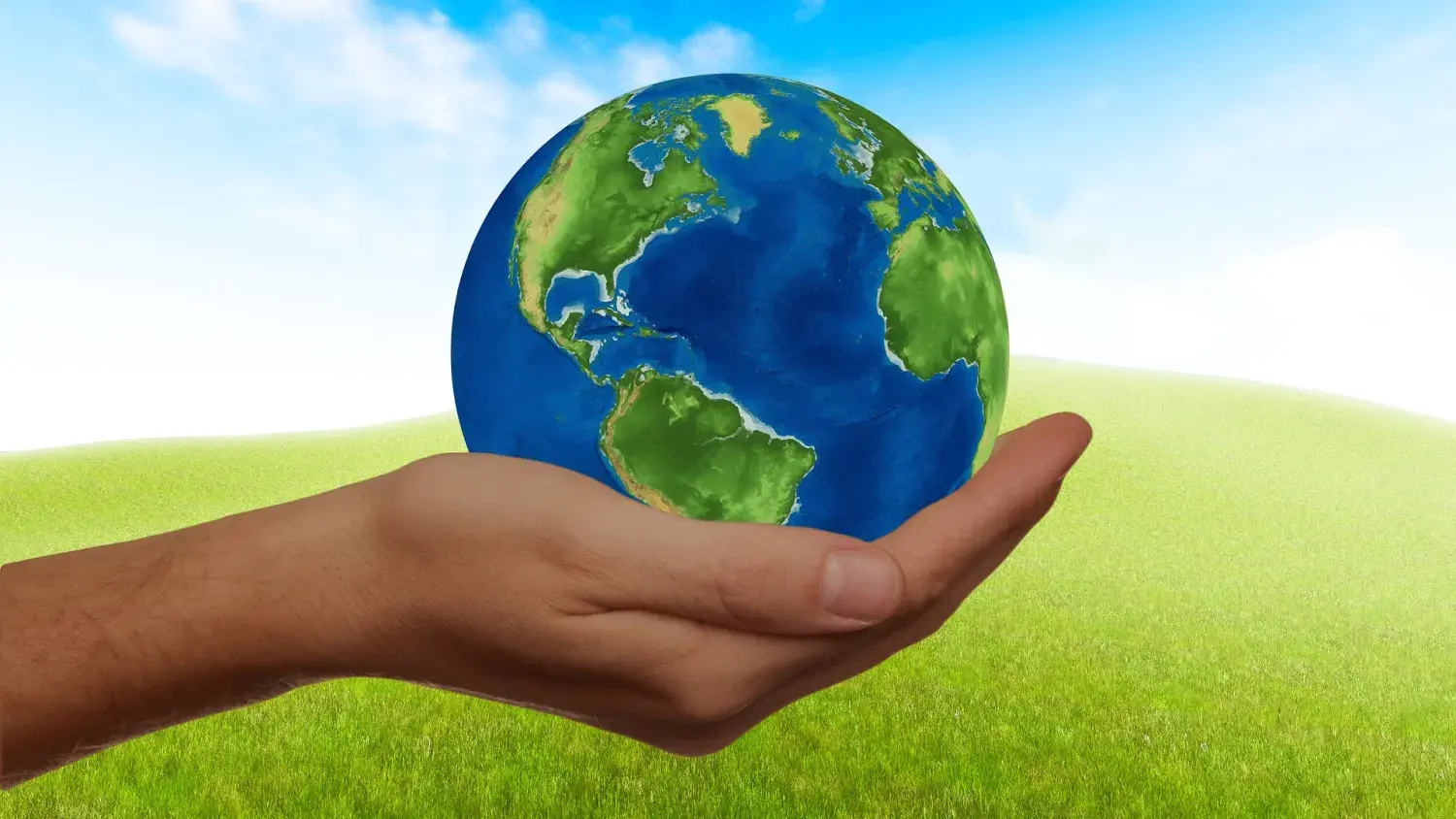Zero Emissions Day has evolved into a worldwide movement that aims to burn no fossil fuels for 24 hours that day. It all started in 2008 when founder Ken Wallace launched a website in Nova Scotia, Canada, calling for 21 September to be a day of zero fossil fuel consumption. The message was simple: "Give our planet one day off a year".
Not all emissions are the same
Separating waste, using a bicycle or public transport instead of a car - what works in private life also applies to companies: taking responsibility for the environment. One lever for doing this is the reduction of greenhouse gas emissions. Consequently, this also includes CWS. In order to leave a liveable planet for future generations, it is necessary to set clear goals today and also provide the corresponding infrastructure. The topic of climate neutrality has become increasingly relevant in public procurement. One often speaks of scopes, which include different things:
- Scope 1 emissions originate from emission sources within the system boundaries under consideration, such as company-owned power plants or vehicle fleets.
- Scope 2 emissions arise from energy production that is procured from outside the company; these are primarily electricity and heat from energy services.
- Scope 3 emissions are all other emissions that are caused by the company's activities but are not under its control, for example from suppliers, service providers, employees or end consumers.
CWS already knows and actively reduces its Scope 1 and 2 emissions. With regard to Scope 3 emissions, the levers available to the company are currently undergoing analysis. The reason for this is the data situation, which is less transparent here. The goal is a decarbonisation strategy for the entire CWS Group, with which the company can minimise emissions in all three classes in the long term. Therefore, Colleagues from Operations, Logistics, Procurement, QESH and Sustainability are working closely together for transparent data collection and evaluation.
CWS service model saves emissions
The CWS Workwear Circular Advantage Study proves that workwear in the service model saves emissions compared to classic purchase and is therefore good for the environment. The difference is the product life of workwear, which has a significant effect on the climate. This is because the more high-quality and functional second-hand goods are reused and the more they are repaired, the longer the clothing can be used and the less has to be newly manufactured. And every piece that does not need to be produced does not cause greenhouse gas emissions. Therefore, the CWS service model already makes an important contribution to saving emissions.
Did you know? In addition to CO2, there are other greenhouse gases such as CH4 (methane), N2O (nitrous oxide) or fluorocarbons. |
